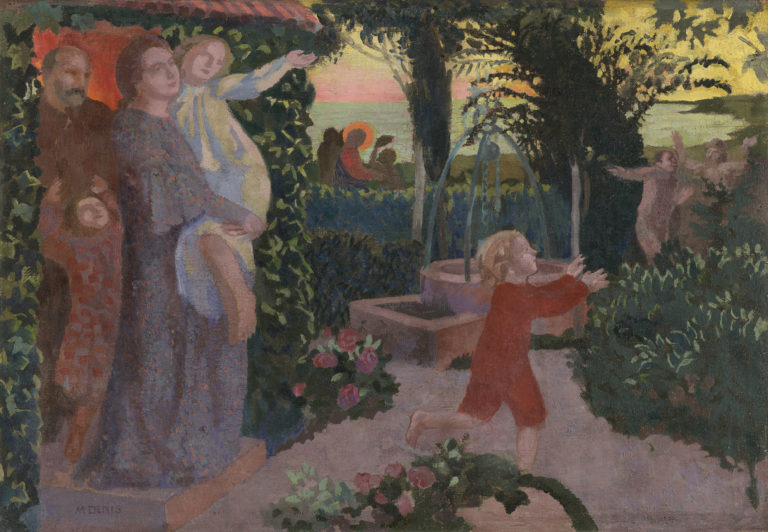Bibliography
Jörg Zutter (ed.) et alii, Abraham-Louis-Rodolphe Ducros: un peintre suisse en Italie, exh. cat. Lausanne, Musée cantonal des Beaux-Arts, Milan, Skira, 1998: n. 57.
Pierre Chessex, A.L.R. Ducros (1748-1810). Paysages d’Italie à l’époque de Goethe, exh. cat. Lausanne, Musée cantonal des Beaux-Arts, Geneva, Éditions du Tricorne, 1986: n. 86.
Federico Zeri, La percezione visiva dell’Italia e degli Italiani nella storia della pitura, Turin, Einaudi, 1976: fig. 96.




After nearly twenty years in Rome, during which he achieved great renown, Louis Ducros was forced to leave the city in 1793, due to measures taken by the Papal States against French residents, who were suspected of propagating revolutionary ideas. Ducros travelled to the Abruzzi, then lived in Naples for several years, before being cast out again as a Jacobin. After a short stay in Malta, he returned to his home country of Switzerland in 1807, where he lived in Lausanne until his death in 1810.
Orage nocturne à Cefalù is among his masterpieces. The circumstances in which it was painted remain unknown as does any evidence of the artist visiting Sicily at this time. The landscape is divided into four juxtaposed realms: at the bottom, the raging sea driving a boat onto reefs on which it will be smashed; next, a steep cliff on which a building is being shattered by lightning; after that, a castle, standing either in what is an imaginary heaven or on another promontory; and finally, the dark mass of a stratus veiling a red sun. This strong, tiered composition, dramatized by powerful diagonals that streak its surface, dazzles by the extraordinary mastery of watercolour seen in the transparency of the sky and also in the effects of opacity obtained by adding gouache, oil and lacquer. The palette is extensive, moving from the warm ochres of the rocks to the cold touches of Prussian blue in the sky and sea.
After its bright, luminous neoclassical origins, Ducros’s art becomes tenebrous and pre-Romantic here, evoking the worlds of Johann Heinrich Füssli and John Martin. Behind this lies the influence of the artist’s own misfortunes combined with the taste of his British patrons for the sublime and Gothic novels, as well as a new ‘meteorological’ sensibility in which the themes of the storm at sea and volcanic eruption transpose a general sense of insecurity felt in an age of revolutionary wars.